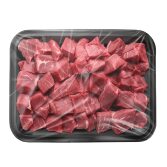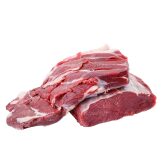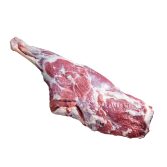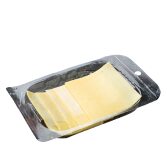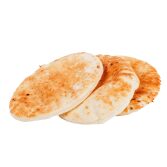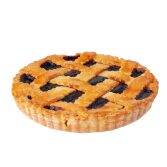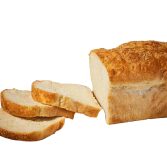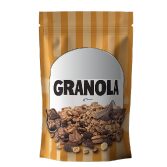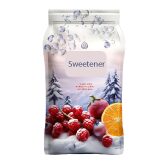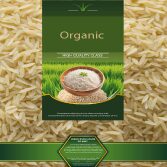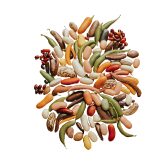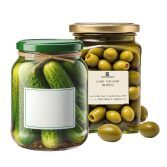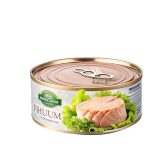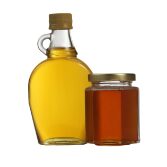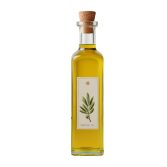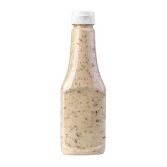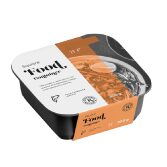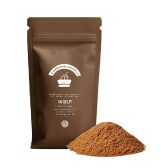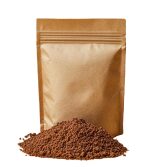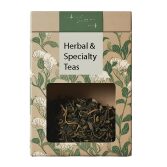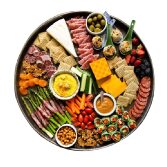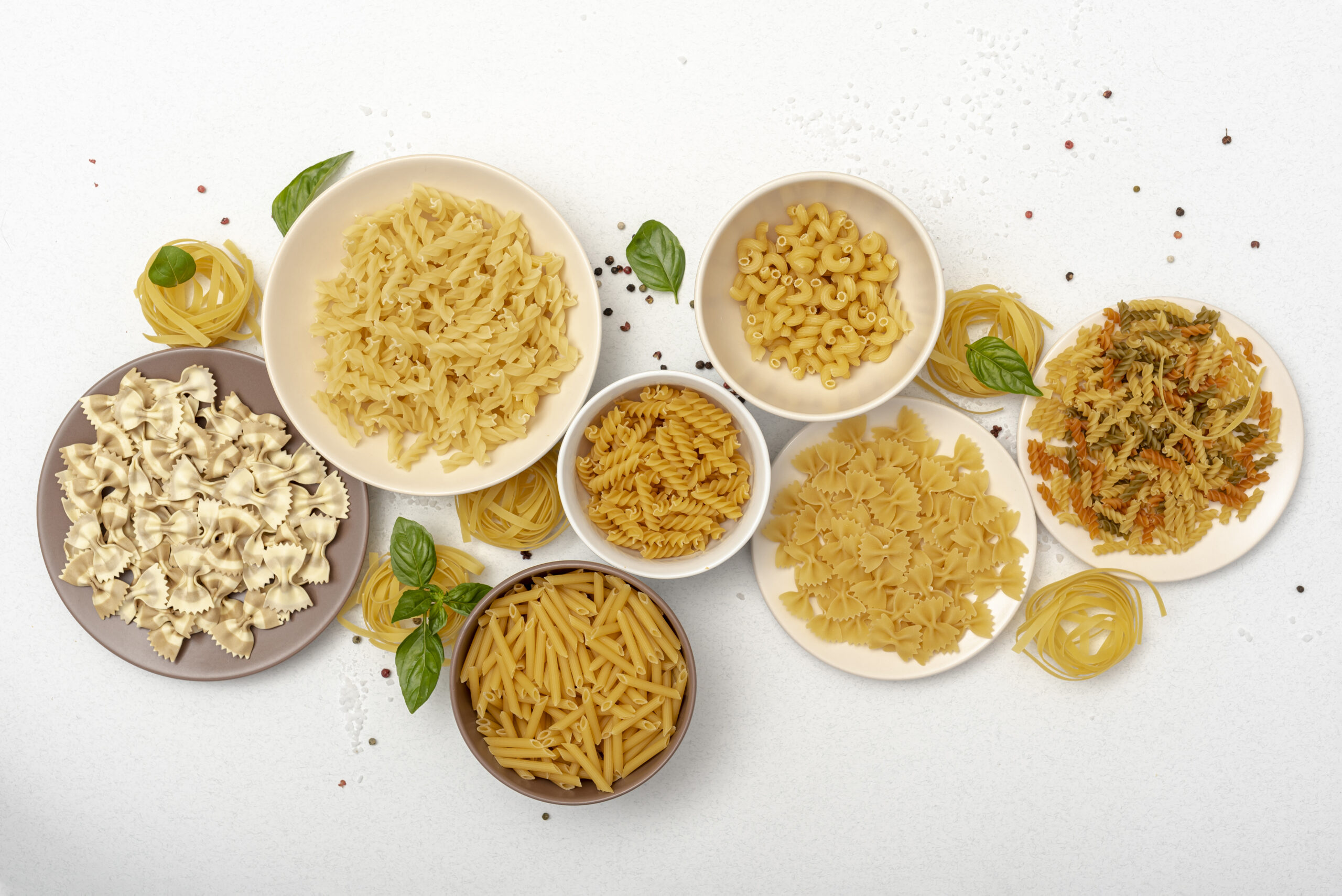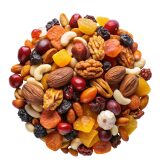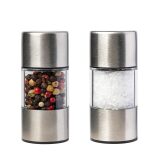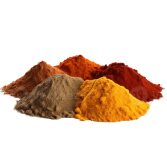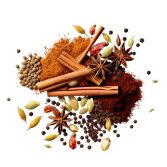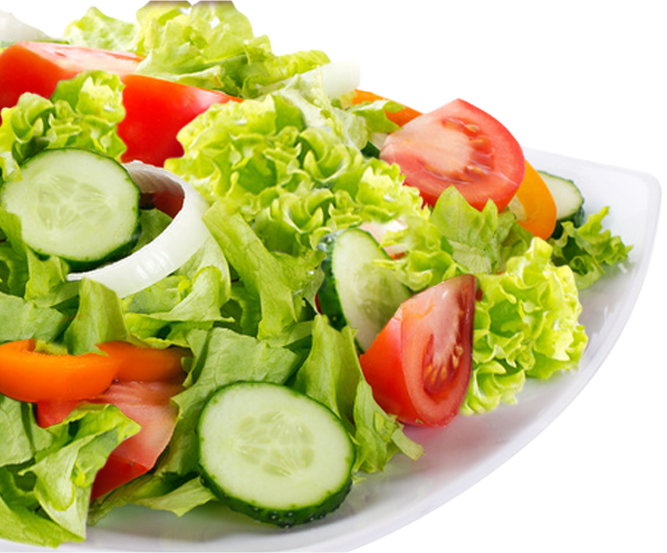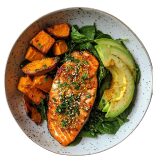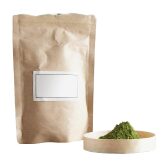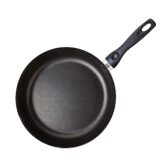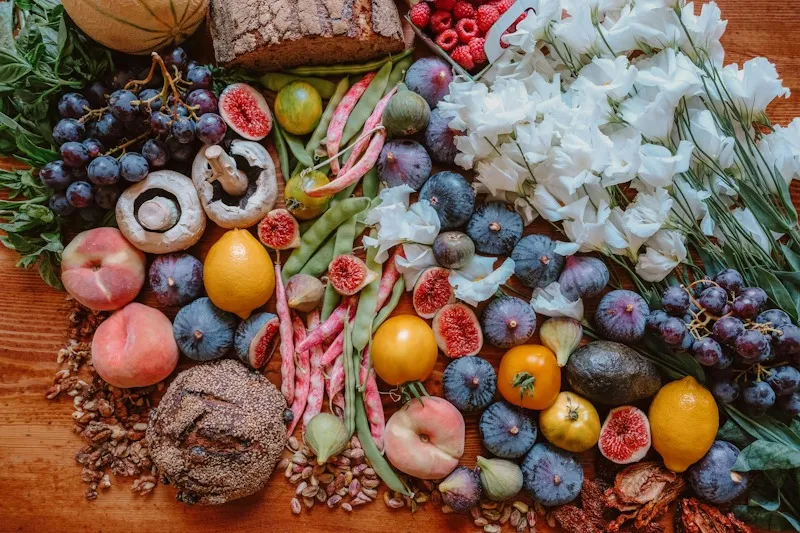
What Are Whole Grains?
-
Michelle Gerencser
- Published on
- Category : Whole Foods

We often hear that we should choose whole grains for health, but what does that really mean? Are they a better choice for everyone? In this article, we’ll break down what whole grains are, their nutritional benefits, and how they affect your body. We’ll also explore alternatives to grains and when you might want to consider avoiding them altogether.
Getting a Positive ID on Whole Grain
At the most basic level, whole grains are the actual, fully intact seeds of plants like wheat, rice, oats, and barley. These seeds have three main parts: the bran, the germ, and the endosperm. When a grain is processed into flour or another product, it’s the combination of these three parts that makes it “whole.” If none of these parts are removed, the grain is considered whole, and it retains its full nutritional profile.
Importantly, whole grains should be organic and non-GMO whenever possible. If a grain has been genetically modified or irradiated, it loses its ability to sprout and grow, which is an indicator that it may not be as health-promoting or as close to nature as you want.
While whole grain flour contains all parts of the grain, flour of course, can’t be planted to grow a new plant. However, it’s considered “whole” because it retains the full nutrition of the grain and hasn’t been stripped of its components during processing.
Nutrition in Whole Grains
Whole grains pack a significant nutritional punch. Here’s a breakdown of the key nutrients found in the three parts of a grain:
Bran: This outer layer is rich in B vitamins (like niacin, riboflavin, and thiamine), antioxidants, and minerals like iron and magnesium. Fiber is often used to promote bowel motion, but it’s more abundant in vegetables than in grains. Whether or not fiber supports digestive health is extremely individual.
Germ: The germ is the powerhouse for the future plant, providing polyunsaturated fats, proteins, and vitamins like vitamin E, folate, and some B vitamins.
Endosperm: The endosperm is mostly starch and protein, acting as the energy source for the seed. It does contain some vitamins and minerals, but far less than the bran or germ.
When eaten in its whole form, the grain provides a balanced mix of complex carbohydrates, fiber, vitamins, and minerals, making it an excellent foundation for a healthy diet for many people.
How Do Processing Methods Affect Grain Nutrition?
The way grains are processed can dramatically affect their nutritional quality. Refined grains, which are stripped of the bran and germ, tend to have fewer vitamins, minerals, and fiber than their whole counterparts. This results in a higher glycemic index (GI), which means they can cause a quicker spike in blood sugar. Consuming refined grains, particularly in combination with polyunsaturated fats (PUFAs) from processed oils, has been linked to a higher risk of type 2 diabetes, heart disease, and weight gain. These two refined food groups often appear together.
On the other hand, in some situations certain refined grains can be easier to digest due to the reduced fiber content. The key here is to choose the healthiest versions of these simpler grain products. Organic or unsprayed ingredients and products free from harmful additives are important to look for. A further refinement of this is seen in the low-FODMAP and SIBO diets.
Examples of refined or processed grains include:
- Refined wheat flour (white flour used in bread, pastries, pasta, tortillas)
- Polished rice (white ricewith the bran and germ removed)
- Quinoa flakes (processed and pre-cooked)
- Instant oats and quick oats (partially pre-cooked and processed)
- Pearled barley(bran partially removed)
- Cornmeal and de-germinated corn products
What Are Ancient Grains?
Ancient grains are varieties of grains that have remained largely unchanged for thousands of years. They include:
These grains often contain more diverse nutrients compared to modern refined grains and may be easier to digest for some people.
Understanding Antinutrients
Antinutrients are naturally occurring compounds in grains that can interfere with nutrient absorption. These include:
- Phytic acid, which binds to minerals like iron, zinc, and magnesium, preventing absorption.
- Lectins, which may irritate the gut lining in sensitive individuals.
- Gluten, which can trigger inflammation in those with gluten sensitivity or celiac disease. Gluten-sensitivity occurs in many inflammation-related bowel conditions.
- Oxalates, which can contribute to kidney stone formation and may cause joint pain or skin issues (itching, redness, or rashes) as well as gut issues in some people.
How to Reduce Antinutrients in Grains
To make grains more digestible and nutrient-rich, consider these methods:
- Soaking: Soak grains for 8–24 hours to reduce phytic acid.
- Sprouting: Encourages enzymatic activity that breaks down antinutrients.
- Fermentation: Naturally reduces lectins and phytic acid.
- Cooking: Proper cooking (specific times vary by grain) also reduces certain antinutrients, including oxalates.
Soaked baked goods and fermented grain products, such as sourdough, further enhance digestibility.
Should You Choose Whole Grains—or Avoid Them?
So, should you focus on whole grains or avoid them entirely? For most people, whole grains are an excellent addition to a balanced diet. They provide nutrients and fiber that can improve digestion, lower cholesterol, and stabilize blood sugar levels when compared to refined grain products. However, there are some cases where limiting or avoiding whole grains might be beneficial:
- Gluten Sensitivity: Individuals with celiac disease or gluten intolerance should avoid wheat, barley, rye, and other gluten-containing grains. However, many gluten-free whole grains, such as quinoa, amaranth, and rice, are still good choices.
- Digestive Issues: People with certain digestive disorders (like IBS, Crohn’s disease, Colitis, or SIBO) might find it helpful to reduce their intake of high-fiber grains or avoid grains altogether. Cooking, soaking, or fermenting gluten-free grains may help reduce digestive discomfort in some cases.
- Low-Carb Diets: If you’re following a low-carb or ketogenic diet, you might choose to limit grains altogether, as they are rich in carbohydrates. In such cases, grain alternatives can be a better fit.
Exploring Grain Alternatives
For those who want to reduce grain consumption, here are some alternatives:
- Bean Flours: High in carbs and fiber (which may be problematic for some people).
- Nut Flours: Such as almondand coconut flour, lower in carbs.
- Cauliflower Rice: Low in carbs and nutrient dense.
- Konjac Rice and Noodles:Very low in calories and carbohydrates.
- Creative Combinations such as a grain-free wrap.
Whole grains can offer valuable nutrition, but they may not be the right choice for everyone. Choosing organic, non-GMO grains and products without harmful additives ensures the best quality. By understanding how processing affects grains, how to minimize antinutrients, and what alternatives are available, you can make the best dietary choices for your unique needs.











